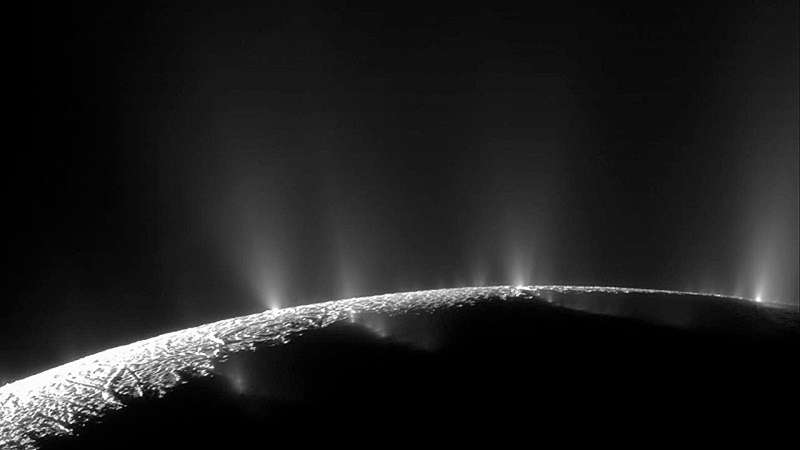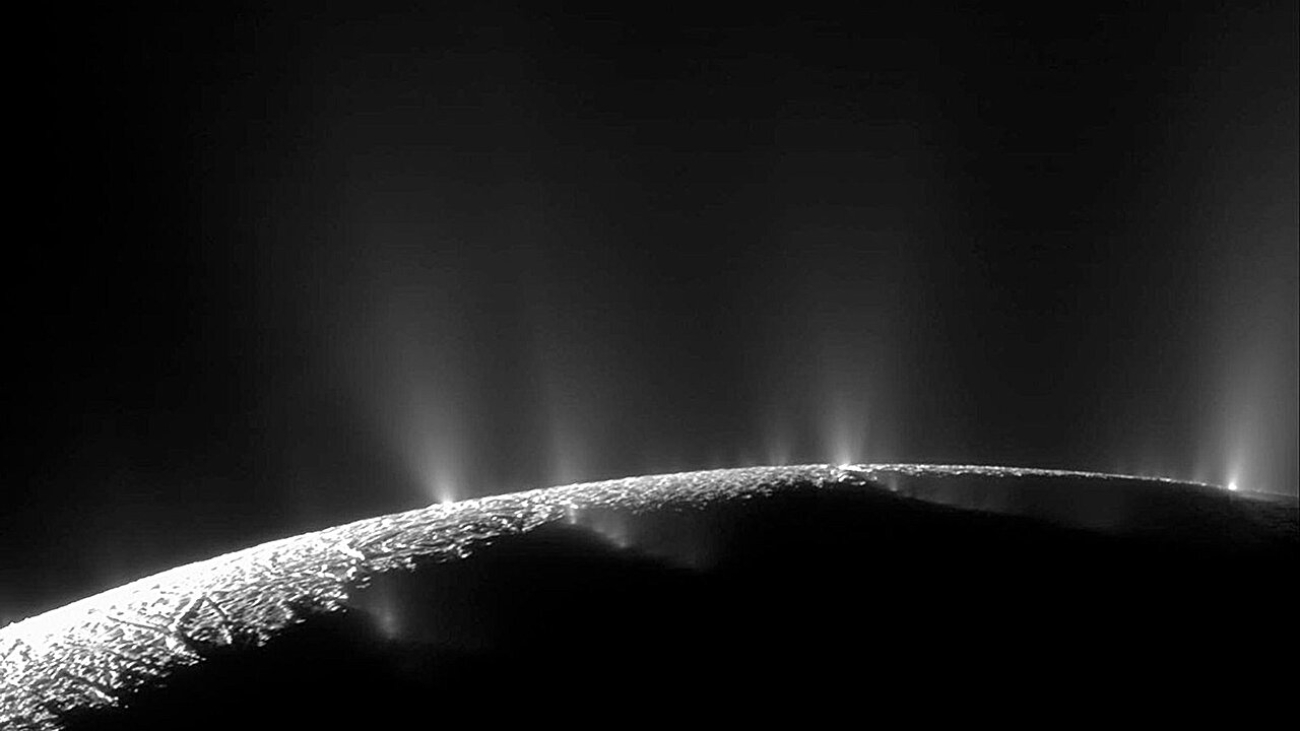
Scientists have long thought that our solar system’s ocean worlds, such as Jupiter’s moon Europa and Saturn’s moon Enceladus, may harbor extraterrestrial life in the form of microbes. But detecting it could be a challenge because missions to ocean worlds have relied on probes, not landers.
Probes pass only through a planet’s or moon’s atmosphere, kilometers away from the surface and interior. Spacecraft such as Europa Clipper (like Cassini before it) stay even farther away, not even entering the moon’s exosphere.
To meet this challenge, Lily Clough and colleagues describe a method for detecting biochemical signatures using samples from wisps of gas escaping such worlds. The approach uses mass spectrometry to measure levels of isotopes produced during metabolic processes such as photosynthesis and methanogenesis. Machine learning techniques then assess whether those levels indicate the presence of life below.
The work is published in the journal Earth and Space Science.
To train the algorithm, the researchers needed examples of these exospheric conditions with and without life present. In the lab, they concocted brines with chemistry similar to that of Europa and Enceladus. To some brines, they added the sulfate-reducing bacterium Desulfotomaculum thermocisternum, which may bear a resemblance to life on ocean worlds.
Measuring gases in the headspaces of the bottles of brine gave researchers examples of the potential composition of the exospheres of ocean worlds and how microbes change that composition.
Geochemistry unrelated to the presence of life will also influence isotopes in these types of samples, so the researchers varied the ingredients in their brines to capture a range of possible scenarios. By training their model on these samples, they created a diagnostic tool that can disentangle signatures of life from other types of chemistry with a low potential for false positives.
The researchers note that the model requires further testing before it can be perfected, including with different microbes. But with more work, they say, it may become a valuable tool for future space missions.
More information:
Lily A. Clough et al, Interpretable Machine Learning Biosignature Detection From Ocean Worlds Analogue CO2 Isotopologue Data, Earth and Space Science (2025). DOI: 10.1029/2024EA003966
This story is republished courtesy of Eos, hosted by the American Geophysical Union. Read the original story here.
Citation:
Using algorithms to help find life on icy ocean worlds (2025, March 24)
retrieved 24 March 2025
from https://phys.org/news/2025-03-algorithms-life-icy-ocean-worlds.html
This document is subject to copyright. Apart from any fair dealing for the purpose of private study or research, no
part may be reproduced without the written permission. The content is provided for information purposes only.



Add a Comment